Story Highlight
– Over 100 fatalities from falls in last decade.
– New safety campaign targets height-related risks in October.
– 70 construction and 37 agriculture deaths from falls reported.
– Focus on safe practices and proper access equipment.
– Campaign promotes planning and risk awareness to prevent falls.
Full Story
A safety initiative has been launched following a decade that has seen over 100 fatalities as a result of falls in farming and construction in Northern Ireland and the Republic of Ireland. The Health and Safety Executive for Northern Ireland (HSENI) and the Health and Safety Authority (HSA) in the Republic are conducting a month-long inspection campaign throughout October, focusing on hazardous practices associated with working at height.
This initiative aims to cover construction sites and farms of varying scales across the entire island. Statistics reveal that within the last ten years, 70 individuals lost their lives in construction-related accidents, while 37 were killed in agricultural incidents involving falls from height. The campaign seeks to reduce these alarming figures by ensuring that both employers and employees adhere to established safety regulations.
During their inspections, officials will assess the safety protocols in place for tasks conducted at height on farms, evaluate the adequacy of access equipment such as mobile elevating work platforms (MEWPs) and secure platforms, and scrutinise the safe handling of materials like bales. Inspectors will also address the risks posed by fragile roofs, particularly those on older agricultural buildings, and will advocate for the use of qualified contractors for high-risk assignments.
Bryan Monson, deputy chief executive of HSENI, remarked: “Every year, we continue to see people in Northern Ireland losing their lives or suffering life-changing injuries from falls that could have been prevented. Whether it’s a contractor on a busy building site or a farmer fixing a roof at home, the risks are the same and so is the need to plan the work and use the right equipment. We’re proud to work alongside the HSA on this all-island campaign to shine a spotlight on the dangers of working at height. We want people to stop and think before climbing that ladder or walking onto that roof. Taking a few extra minutes to plan the job properly could save your life.”
Adrienne Duff, assistant chief executive of the HSA, highlighted the preventable nature of falls, stating: “Falls are entirely preventable, and everyone deserves to return home from work safely and unharmed. This campaign aims to raise awareness and drive home the message that taking shortcuts or carrying out work without due regard to the risks involved is not an option. Work must be planned and controls put in place to prevent a fall from height. Working together with our colleagues in HSENI strengthens this message across the island and allows us to take a united approach to tackling the dangers of working at height.”
Employers and farmers are encouraged to access practical resources and step-by-step safety guidance available on the HSENI and HSA websites, with urgent calls for immediate action to prevent further tragedies.









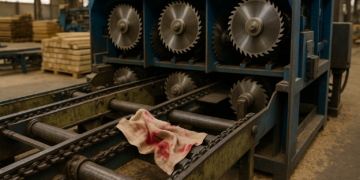

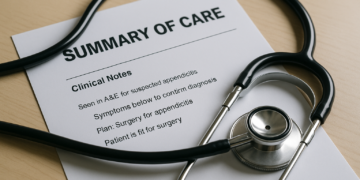


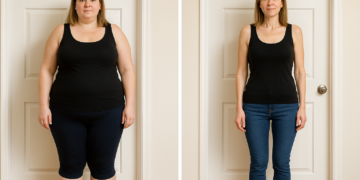
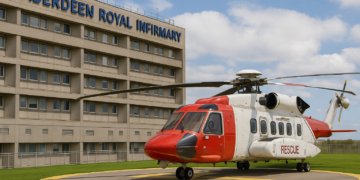

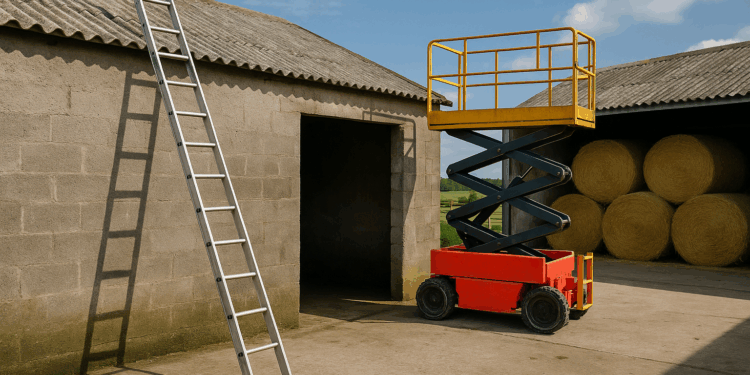
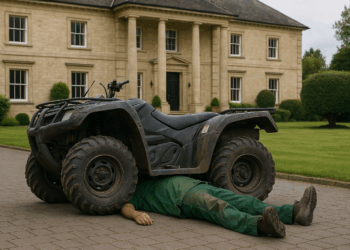




As a UK health and safety professional, I welcome this campaign — the statistics are a stark reminder that falls from height remain one of our most preventable causes of workplace death. Practical action is needed now: competent risk assessments, selection and correct use of suitable access equipment, effective edge protection, and visible supervision to ensure controls are followed on every site and farm. Employers must ensure workers are trained, equipment is inspected and maintained, and rescue plans are in place should an incident occur. Regulators’ inspection activity should be matched by sustained industry commitment to embedding safe systems of work. Lives can and must be saved by planning, provision and persistent enforcement of standards.
This campaign is a vital step. Falls from height remain one of the most preventable causes of workplace death, yet too often planning and safe access are treated as optional. Employers must make thorough risk assessments standard practice, provide suitable equipment and training, and ensure supervisors enforce safe methods every day. Workers should feel empowered to stop work if conditions are unsafe and to report missing or defective equipment without fear of reprisal. Inspections and enforcement help, but lasting change comes from a safety culture where everyone understands that taking time to do the job safely saves lives.
This campaign is a vital step. Falls from height are entirely preventable when employers plan work properly provide and maintain suitable access equipment and ensure workers are trained and supervised. Inspections and targeted messaging will help but lasting change needs commitment from business owners to invest in safe systems of work and from workers to follow them. Prioritising toolbox talks risk assessments and reporting concerns can reduce incidents and save lives.
This campaign is a needed and timely reminder that falls from height are predictable and preventable. Employers must ensure risk assessments are carried out, that the right access equipment is selected and maintained, and that workers are trained and supervised to use it correctly. Practical measures such as planning work to minimise time spent at height, using collective protection where possible, keeping sites tidy to reduce trip hazards, and enforcing the correct use of personal protective equipment save lives. Inspections and enforcement will help, but lasting improvement comes from a consistent safety culture where workers feel able to stop unsafe work and managers prioritise prevention over shortcuts.